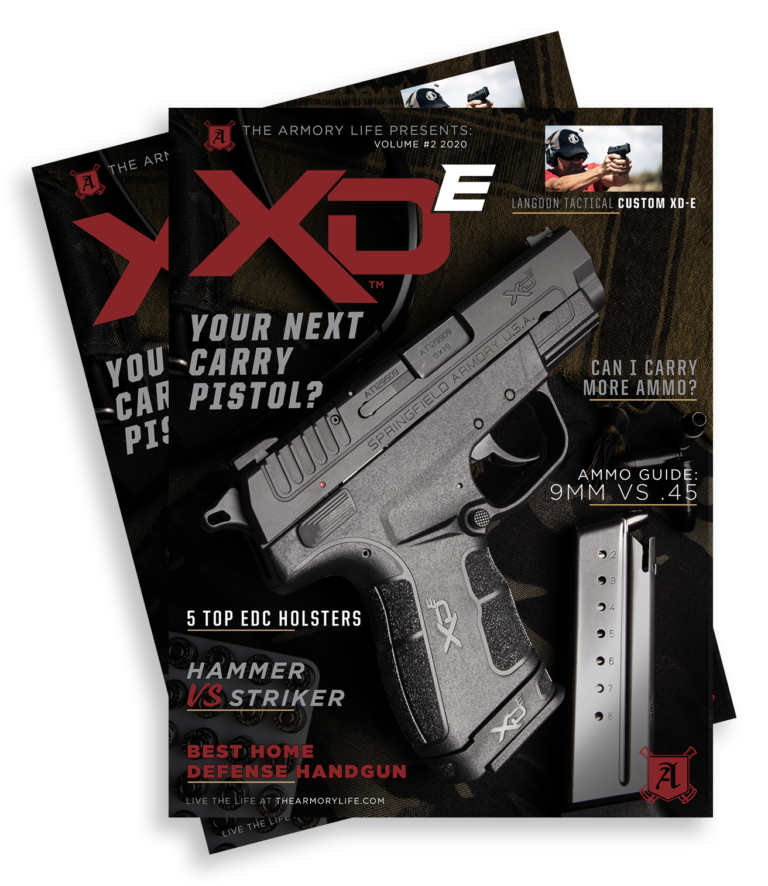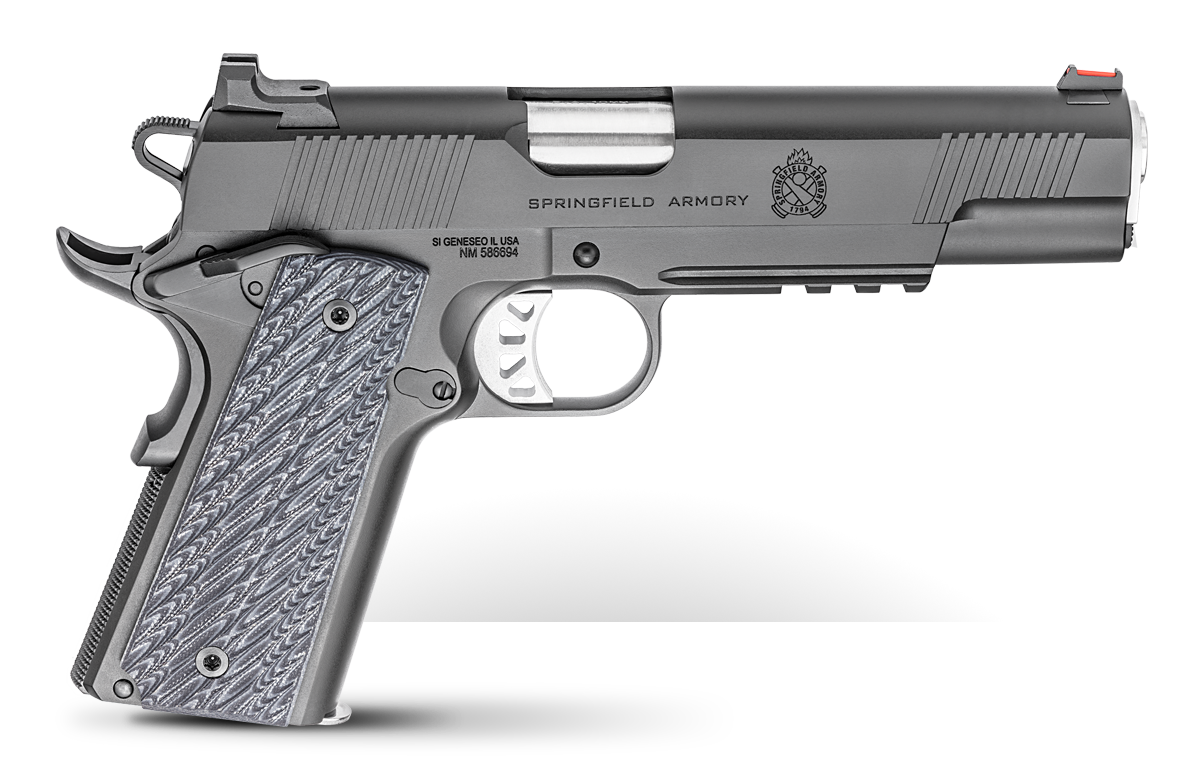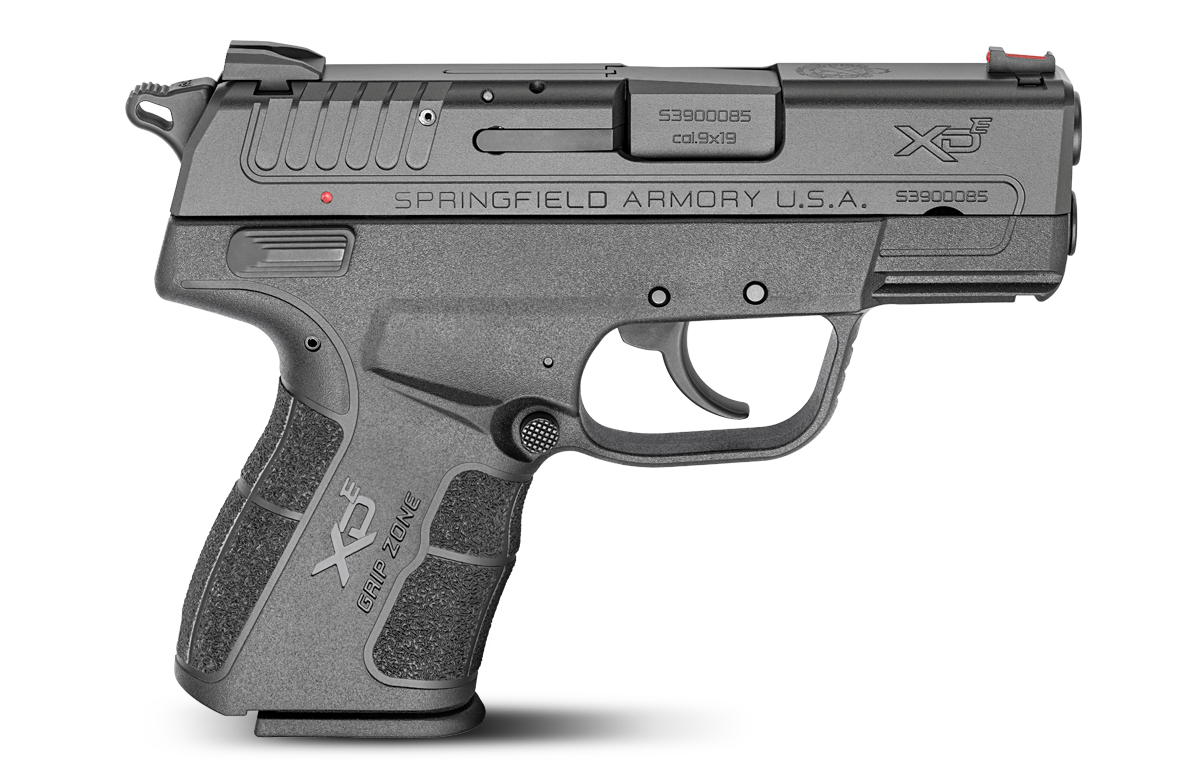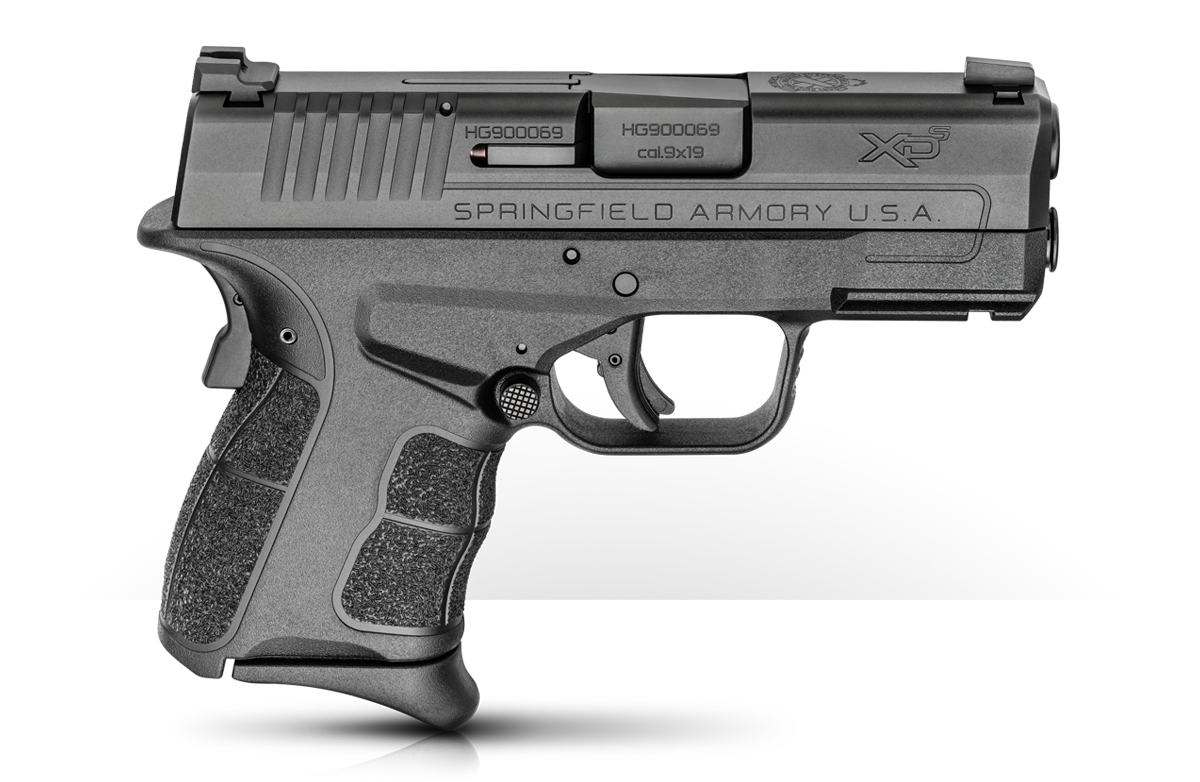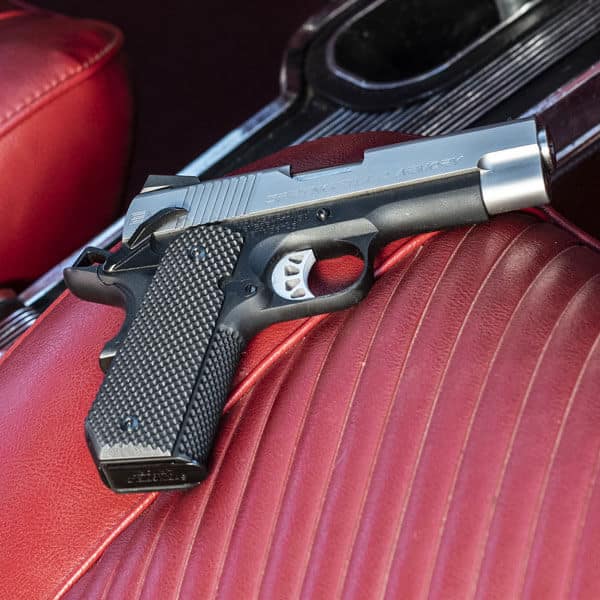Editor’s Note: This is the ninth entry in our 12-part Armed & Ready series from Richard Nance and Handguns magazine. The series covers a range of personal defense and CCW topics. See links below for the earlier entries:
- CCW Mistake That’ll Get You Killed
- Do You Carry Enough Gun?
- Carry Guns in Gun-Free Zones
- Bad Breath-Distance Gunfighting
- When You Can’t Pull the Trigger
- Don’t Aim In A Gunfight
- Why Does the 2nd Amendment Matter?
- Don’t Make a Cop Shoot You
- Don’t Fight Blind
- Family Held Hostage: Do You Shoot?
- Why You Need an AR for Home Defense
A question that comes up a lot with people looking to learn more about defensive guns is “What’s the difference between hammer-fired and striker-fired guns?” They see 1911s, they see Hellcats, and they want to know what the difference is between the two. And, inevitably, the next question is, which is better?
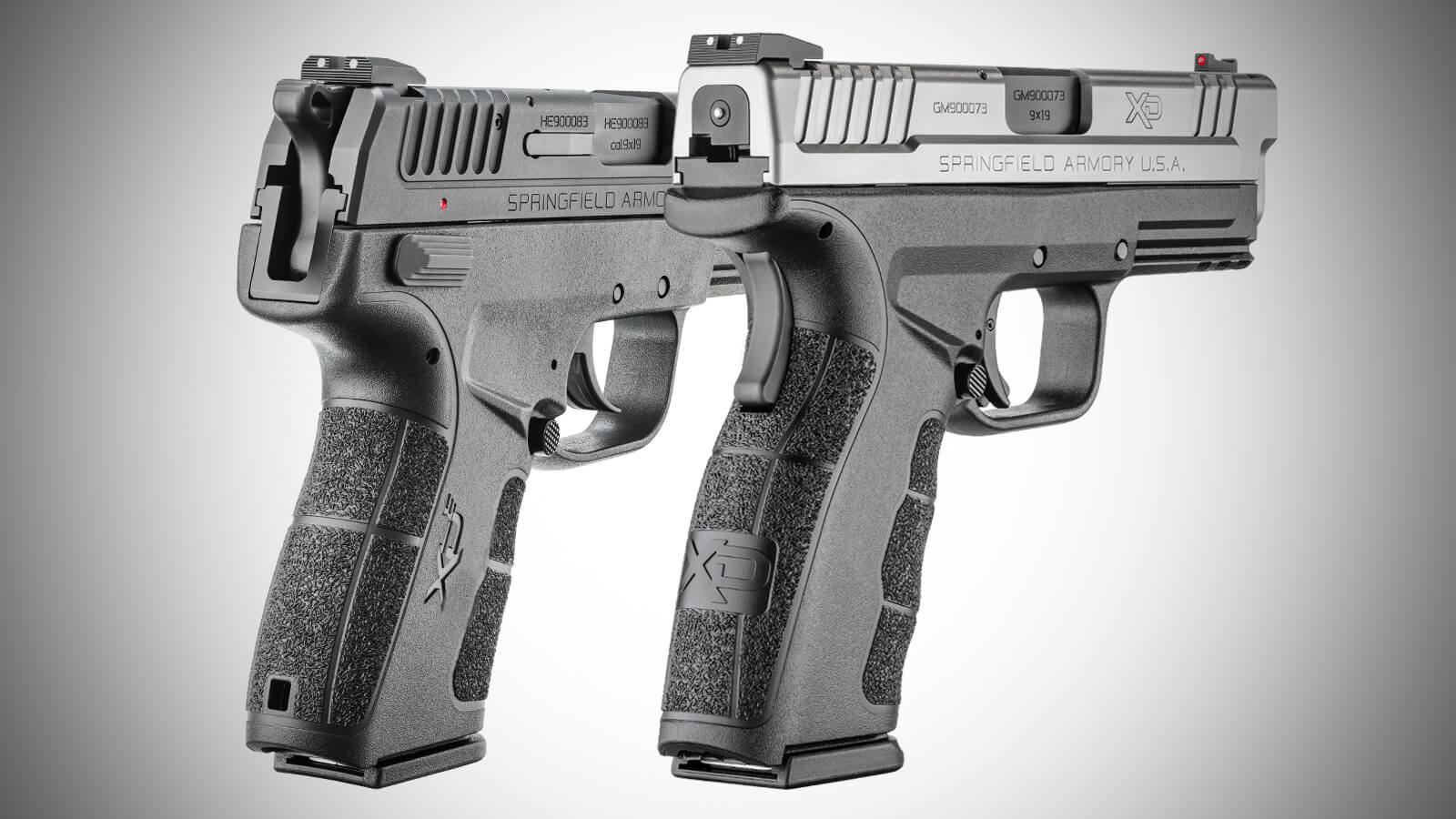
Apples & Oranges
So, what is the difference, and which is better? To start off, let’s tackle that first part. A hammer-fired pistol has a trigger that releases (as in the Range Officer Elite 1911) or both cocks and releases (as with the XD-E in double-action mode) a hammer to strike a firing pin. That firing pin impacts the primer of the chambered round, causing the pistol to fire.
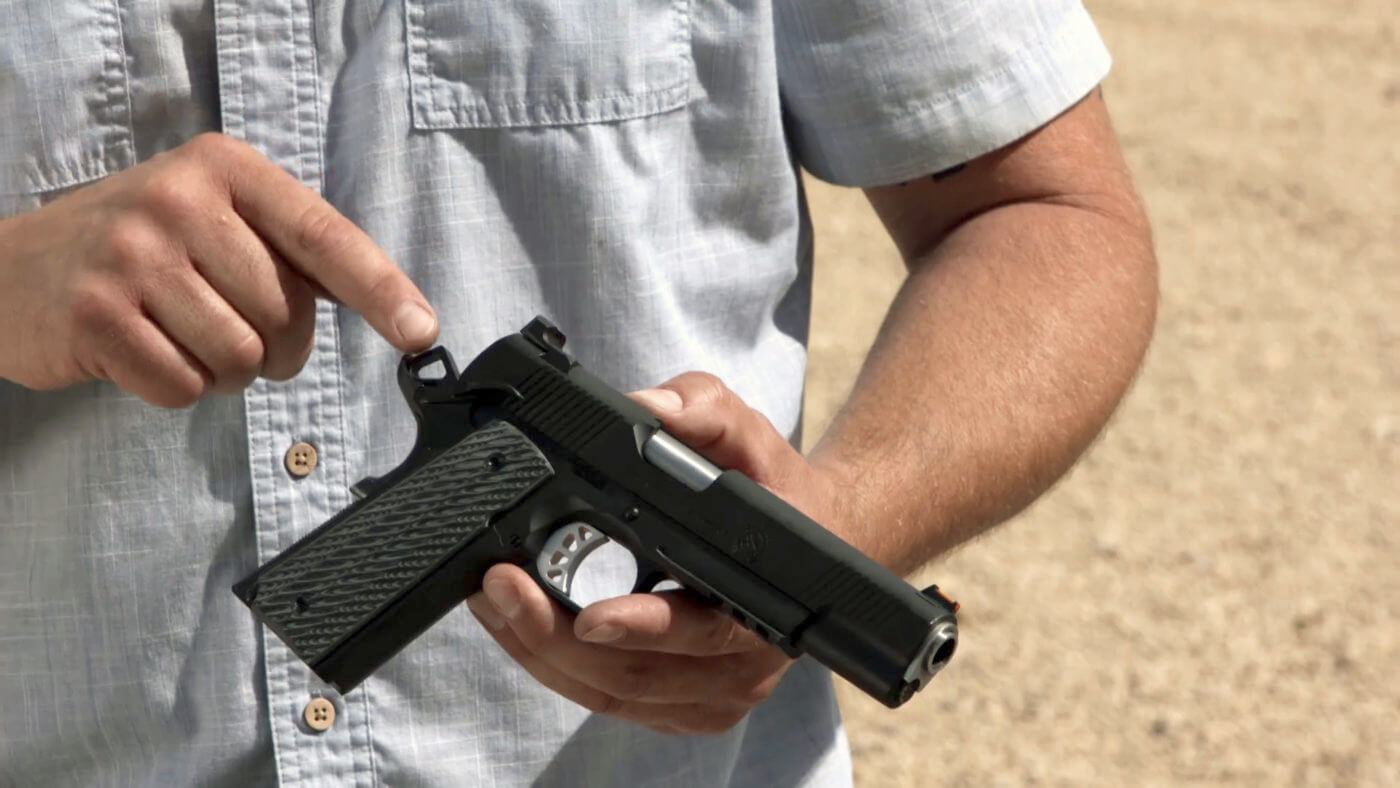
Basically, the firing pin inside the slide of the pistol does not move until the hammer, under spring pressure, impacts it and causes it to, in turn, impact a cartridge’s primer.
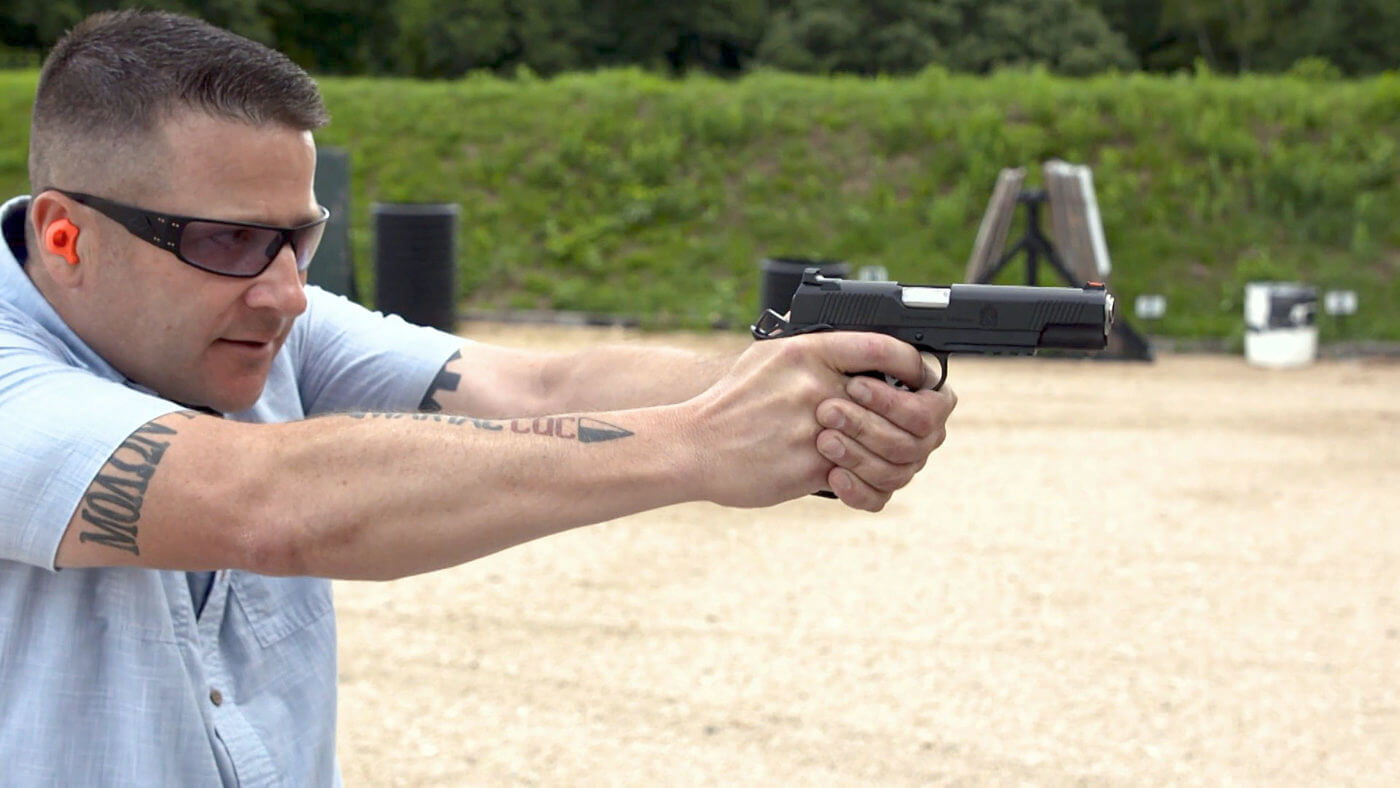
A pistol like the 1911 is a single-action, which means that the trigger merely releases a cocked hammer. To effectively use this type of pistol for self-defense, that means it ideally should be carried with the hammer cocked and the manual safety engaged.
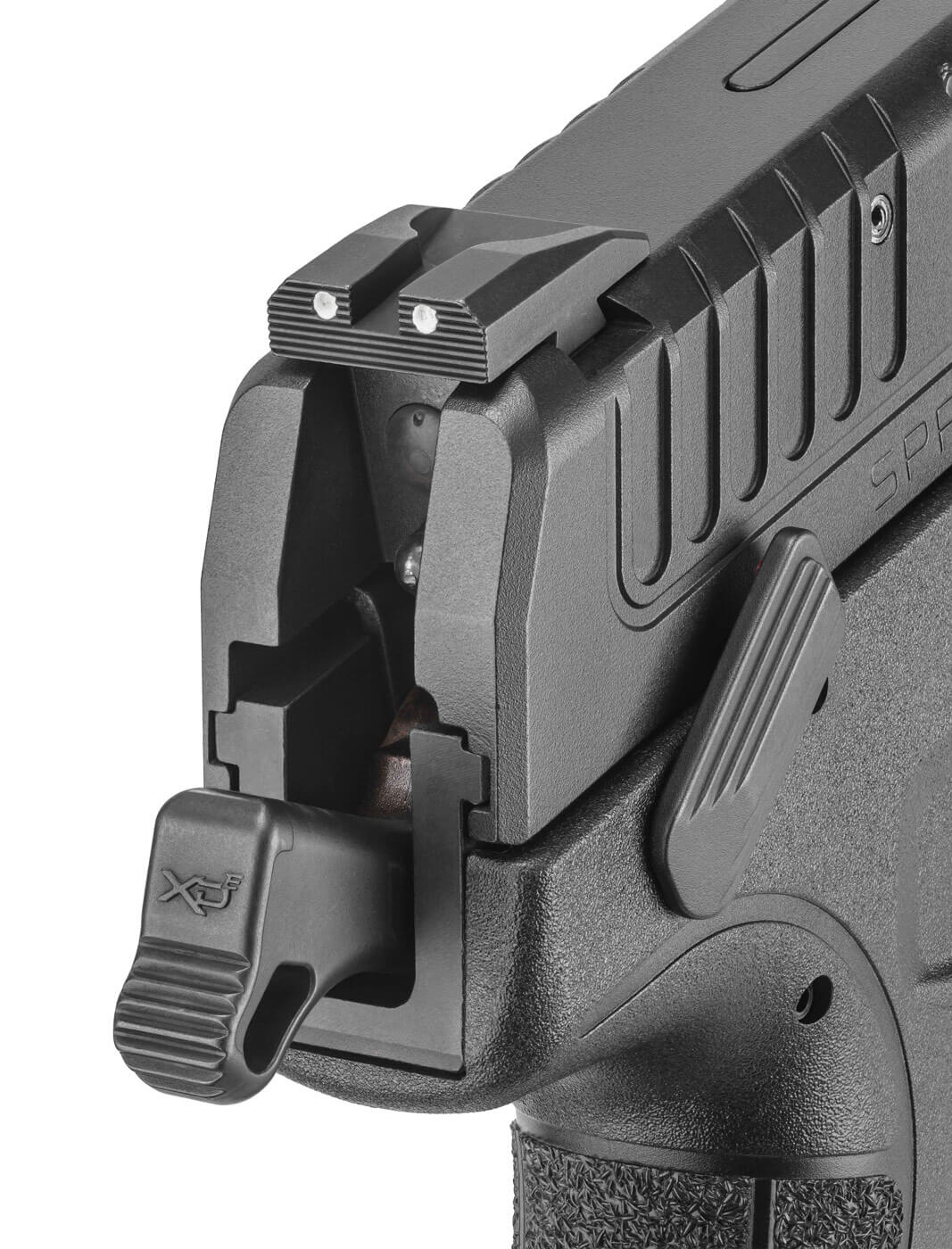
On the other hand, a pistol like the XD-E has a double-action trigger, which means that the gun can be carried with the hammer down, and a long and relatively heavy pull of the trigger both cocks and releases the hammer (the XD-E also can be carried with the hammer cocked and the manual safety engaged).
The advantage of a hammer-fired pistol is that they tend to be conducive to accurate shooting and can have very clean and crisp trigger pulls.
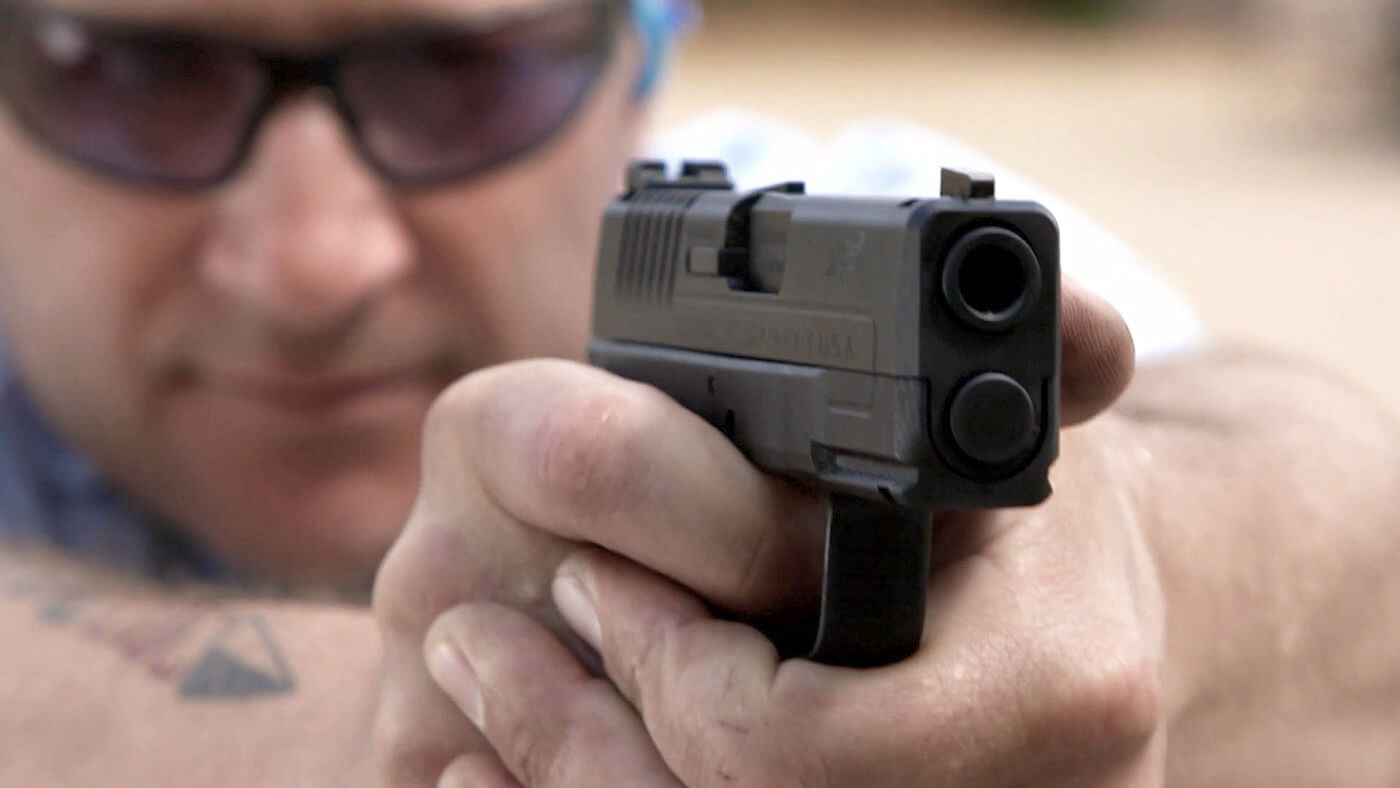
Striking Difference
A striker-fired pistol is a different animal altogether. With this system, the striker inside the slide is under spring pressure. As the pistol is fired, the retracted striker is released to strike the chambered cartridge’s primer.
The advantages of a striker-fired system is that they have far fewer moving parts, and often have numerous internal safeties built in that ensure they are very safe. They also tend to be a bit lighter, and are often found in polymer-framed pistols (with the unique XD-E being an exception).
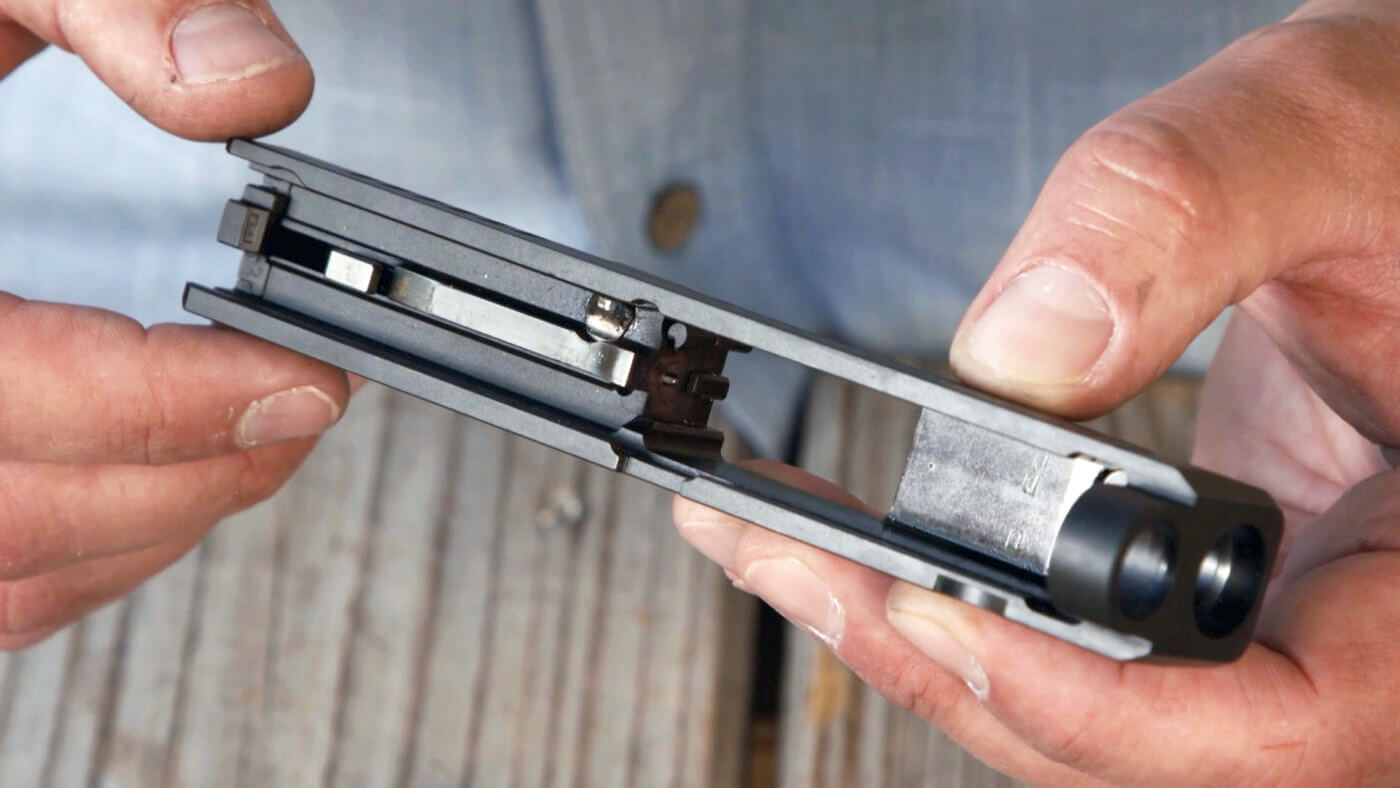
So, which is better? That’s not an easy question to answer. Both systems have their pros and cons, and their supporters and detractors. If you can, try both types out for yourself if you are looking to select one or the other in your next handgun. Or, just do what I did — buy one of each!
Editor’s Note: Be sure to check out The Armory Life Forum, where you can comment about our daily articles, as well as just talk guns and gear. Click the “Go To Forum Thread” link below to jump in!
Join the Discussion
Featured in this video
Continue Reading
Did you enjoy this video?

 170
170




